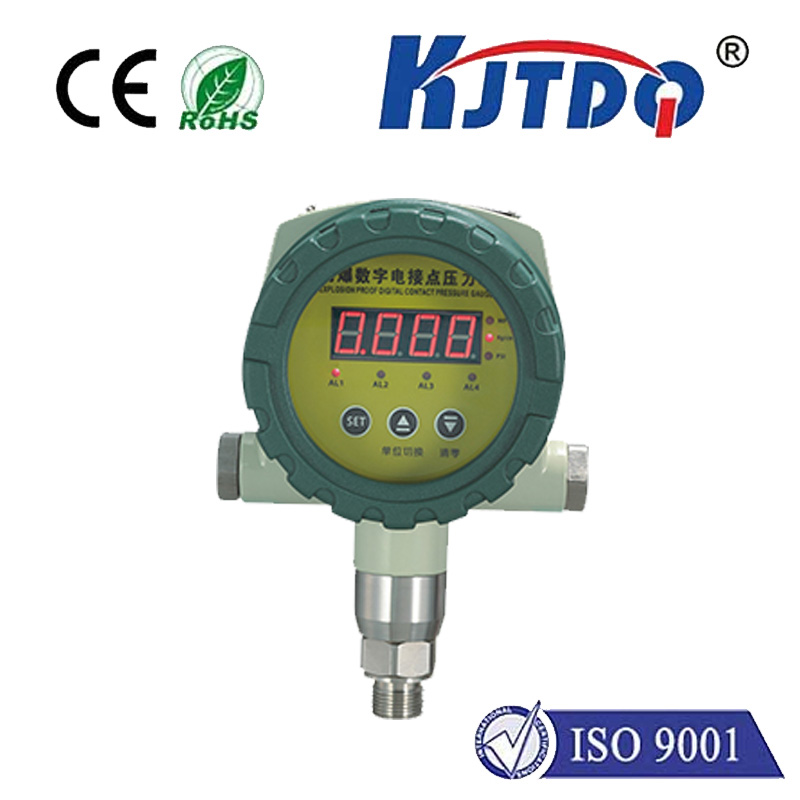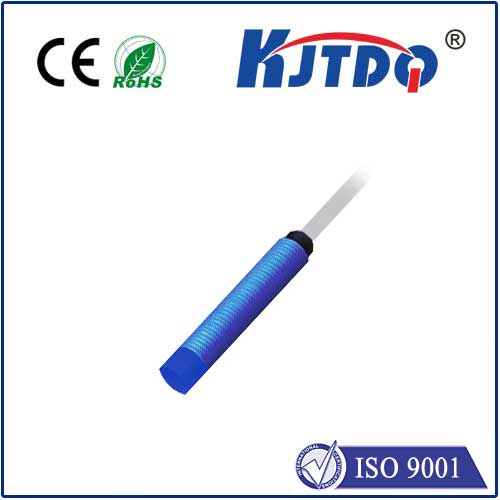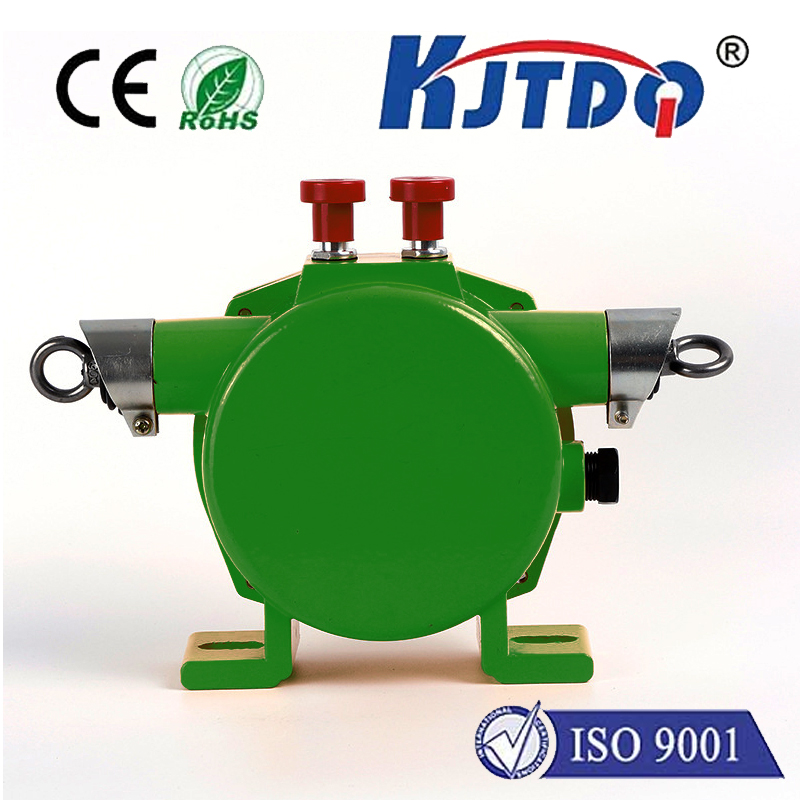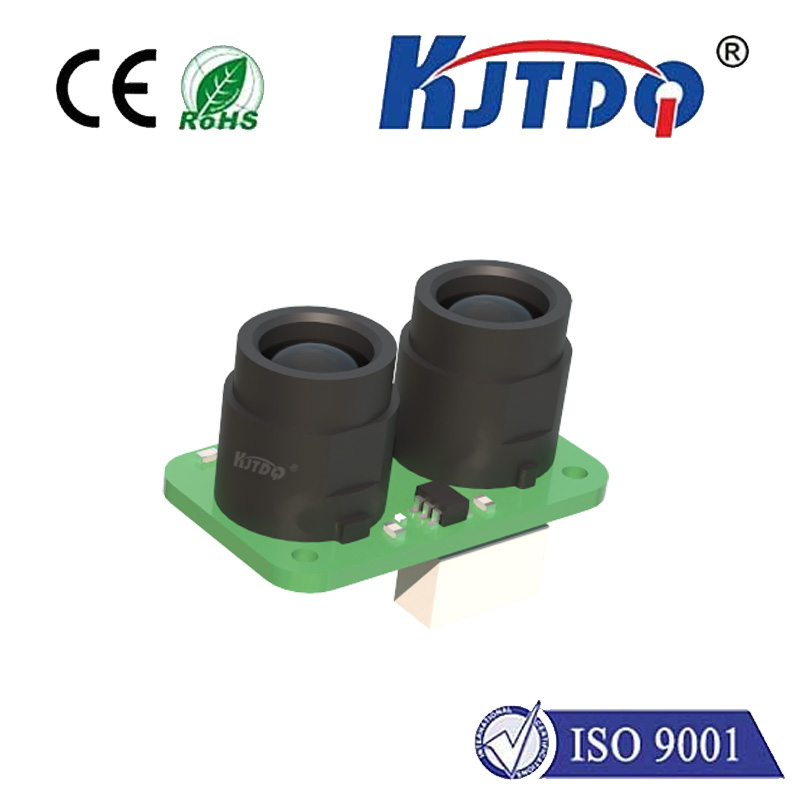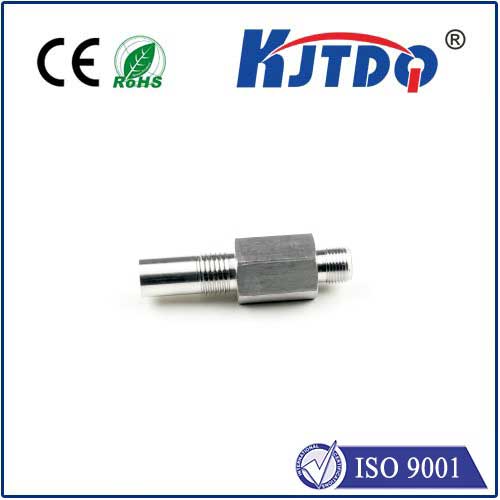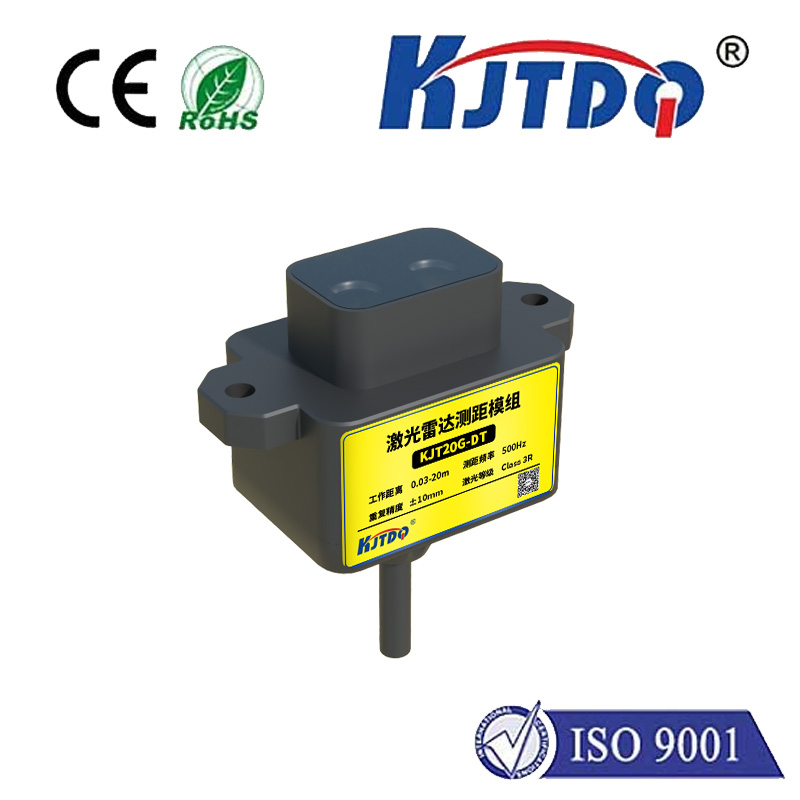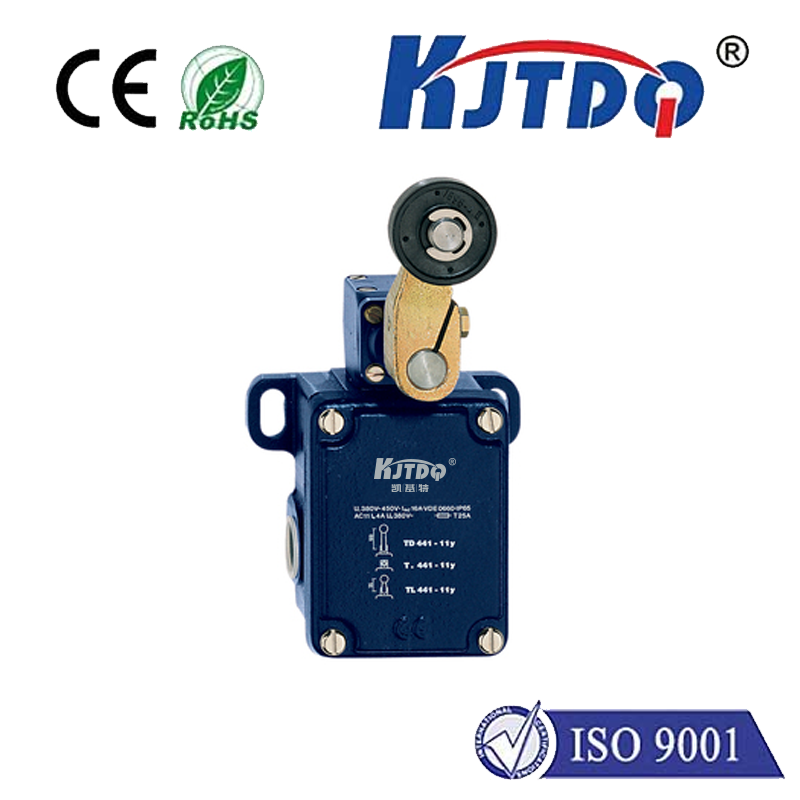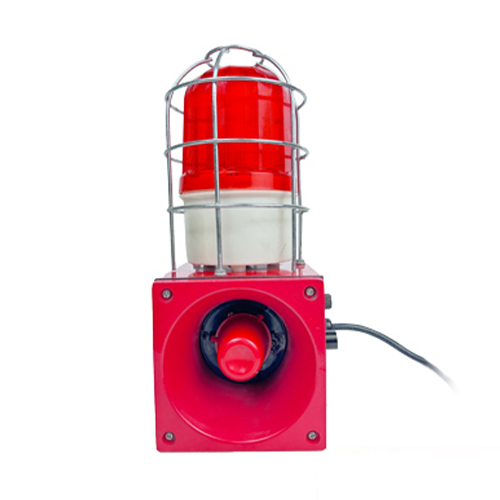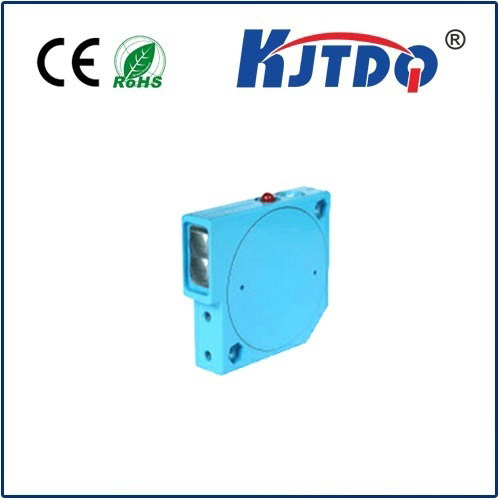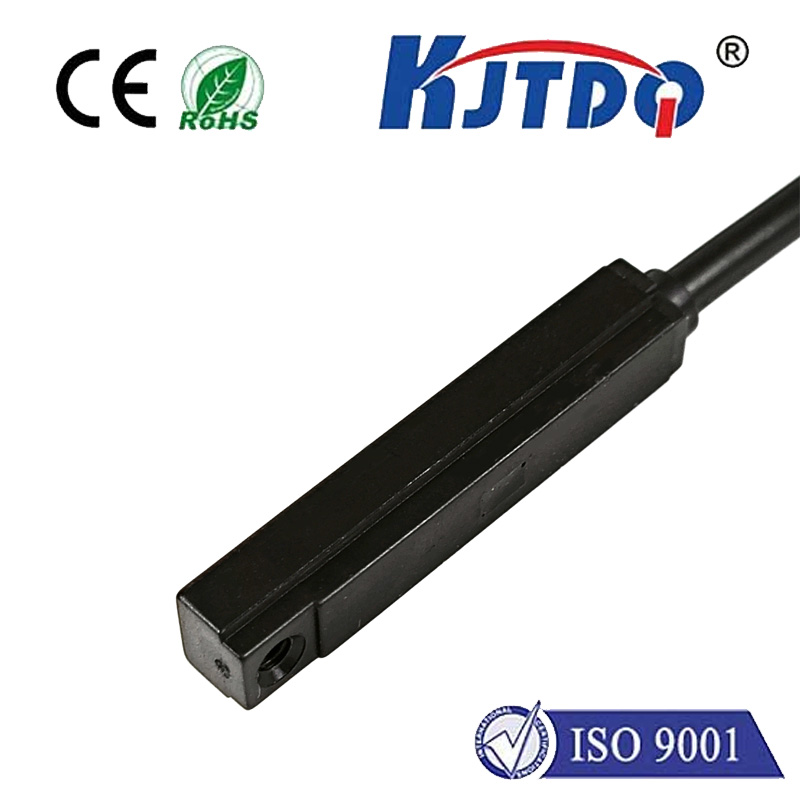XT-KR-FC Pull rope switch
- time:2025-09-23 03:54:37
- Нажмите:0
XT-KR-FC Pull Rope Switch: Your Essential Guide to Enhanced Conveyor Safety
Imagine the sudden grinding halt of machinery. A worker spots a critical hazard – clothing snagged, material jamming dangerously, a potential collapse. Seconds matter. Instinctively, they reach for the bright yellow rope running alongside the conveyor line and pull. Immediately, a powerful switch activates, cutting power, bringing the dangerous motion to a swift, screeching stop. This is the critical intervention made possible by the XT-KR-FC Pull Rope Switch, a cornerstone of industrial safety systems worldwide.
A pull rope emergency stop switch, often simply called a pull cord switch or safety rope switch, is a vital, manually-operated safety device. Designed for long machine runs, particularly conveyor systems, it provides rapid emergency shutdown capabilities from virtually any point along its length. The principle is elegantly simple yet profoundly effective: a robust cable or rope is installed parallel to the hazard zone. At strategic intervals, this rope is connected to individual switch units – like the XT-KR-FC. Pulling the rope at any location triggers the switch mechanism within the nearest unit, sending a definitive stop signal to the machine’s control system. This immediate action capability is non-negotiable for preventing accidents and mitigating damage.
The XT-KR-FC represents a specific, high-reliability model within this essential safety category. Engineered for demanding industrial environments, it embodies key features crucial for dependable operation:

- Immediate Hazard Mitigation: The core function. Any pull, anywhere along the rope, initiates an instantaneous emergency stop command. This rapid response is paramount for personnel safety and asset protection.
- Rugged Industrial Construction: Built to withstand harsh conditions common in mines, quarries, ports, power plants, and manufacturing facilities. Expect robust housings offering significant resistance to impact, dust, and moisture – often meeting stringent IP65, IP66, or IP67 ingress protection ratings.
- Fail-Safe Design: These switches operate on a fundamental safety principle. Activation occurs when the rope is pulled, typically opening a normally closed (N-C) contact circuit. Loss of tension, breakage of the rope, or even wire breakage within the switch should inherently trigger the safety stop signal – a critical fail-safe characteristic. Designs like the XT-KR-FC often incorporate mechanisms that naturally fall into the “trip” position upon force removal or internal fault.
- Highly Visible Reset Function: After an emergency stop, the system must not be restarted inadvertently. The XT-KR-FC features a prominent lever or rotary mechanism that requires deliberate, often tool-free, manual resetting directly at the switch unit that was activated. This prevents automatic restart, ensuring the hazard is cleared before operations resume. A clearly visible indicator (like a brightly coloured flag) shows the tripped state.
- Dual Switching Contacts: Many models, including the XT-KR-FC, boast two sets of contacts. Commonly, one N-C set for the critical emergency stop circuit (e.g., connected directly to a safety relay or PLC safety input), and one N-O set that can be used for auxiliary signalling, like triggering an alarm beacon or sending a status signal to a control panel.
- Corrosion Resistance: Components are typically treated or constructed from materials like galvanized steel or robust engineering plastics to resist corrosion from moisture, chemicals, or salt-laden air, ensuring longevity.
So, where is the XT-KR-FC Pull Rope Switch indispensable? Its primary domain is safeguarding personnel working near long, linear moving machinery. Key applications include:
- Belt Conveyors: The quintessential application. Ropes run parallel to both sides of the conveyor belt, accessible to operators anywhere along its length – from the head and tail pulleys to the entire carry and return sides. This allows immediate stopping if a worker is caught, material spills dangerously, a fire starts, or a significant belt misalignment occurs.
- Bucket Elevators: Providing emergency stop access at various levels along the elevator casing.
- Overhead Cranes & Gantries: Enabling emergency stops from ground level positions alongside the crane’s path.
- Processing Lines: Along lengthy automated assembly or production lines where operators need intervention points.
Selecting the right XT-KR-FC model or configuration involves careful consideration:
- Protection Rating (IP): Match the IP rating (e.g., IP65 for dust and water jets, IP67 for temporary immersion) to the environmental severity.
- Operating Temperature: Ensure the switch’s specified range covers the ambient conditions of your facility.
- Rope/Cable Requirements: The switch must be compatible with the diameter and material of the pull rope used (e.g., galvanized steel wire rope, stainless steel cable, synthetic rope). Pay attention to the maximum recommended distance between switch units along the rope run. Excessive distance can compromise tension and responsiveness.
- Contact Configuration & Rating: Verify the number of contacts (1 or 2 sets) and their electrical ratings (voltage, current - AC or DC) align with your control system’s requirements. The N-C contacts for the e-stop circuit are crucial.
- Mounting Style: Options include side mounting or foot mounting, chosen based on the available space and structure near the conveyor frame.
- Approvals: Check for relevant international safety standards compliance (e.g., IEC 60947-5-5, relevant parts of IEC 62061, ISO 13850 for emergency stop functions).
Installation of the XT-KR-FC Pull Rope Switch system demands precision. Correct tensioning of the rope over its entire length is paramount. It must be taut enough to reliably activate the switches with a defined pull force (typically specified in the manual, e.g., around 15-30 kg), yet flexible enough to not sag excessively or cause false triggers. Switches are usually positioned at intervals of 20-40 meters, though this varies based on rope type, tension, and manufacturer specifications – always consult the installation guide. Mounting must be rigid to prevent vibration or movement from affecting operation. The pull rope run must be easily accessible and unobstructed for personnel needing to use it urgently.
Like any critical safety component, the XT-KR-FC system requires regular inspection and maintenance. This includes:
- Visual Checks: For obvious damage to switches (cracked housing, bent levers), rope condition (kinks, corrosion, fraying, excessive wear), mounts, and connections.
- Operational Testing: Regularly scheduled, supervised tests where the rope is pulled at various points along its length to verify each switch activates reliably, sends the stop signal, and requires manual reset. Document these tests meticulously.
- Tension Verification: Ensuring the rope maintains the correct tension; re-tensioning if sagging occurs.
- Cleaning: Removing dust, grime, or material buildup that could impede the rope or switch mechanism, ensuring the reset operation remains smooth.
The bright yellow rope running alongside a conveyor is far more than just a cable; it’s a vital lifeline. The XT-KR-FC Pull Rope Switch is the engineered response point converting a desperate pull into a decisive safety action. Its robust design, inherent fail-safe nature, rapid response, and visible reset capability make it an indispensable element in building a safer industrial workplace. Choosing the correct model, installing it precisely according to the relevant safety standards, and committing to

